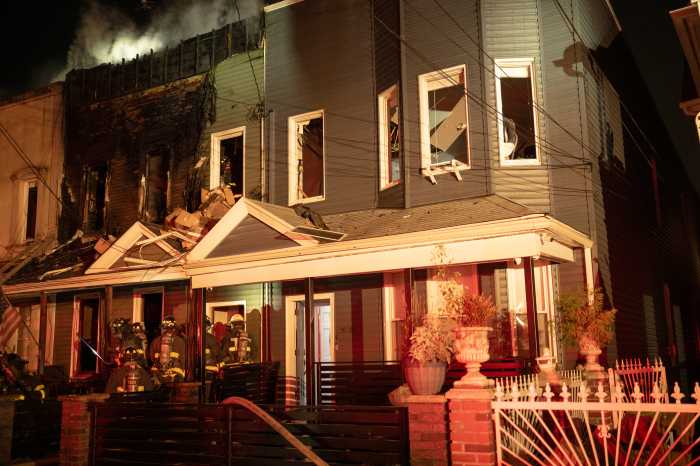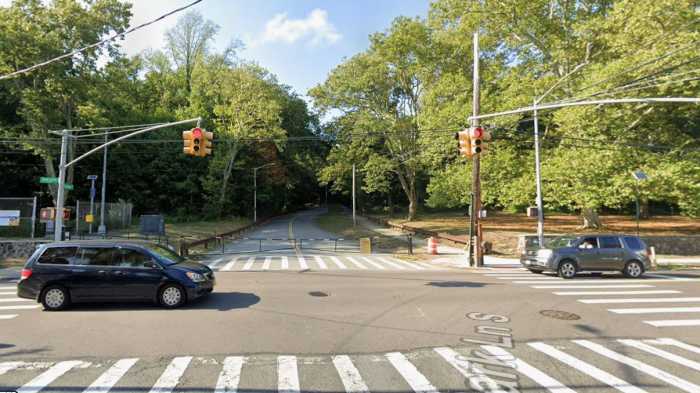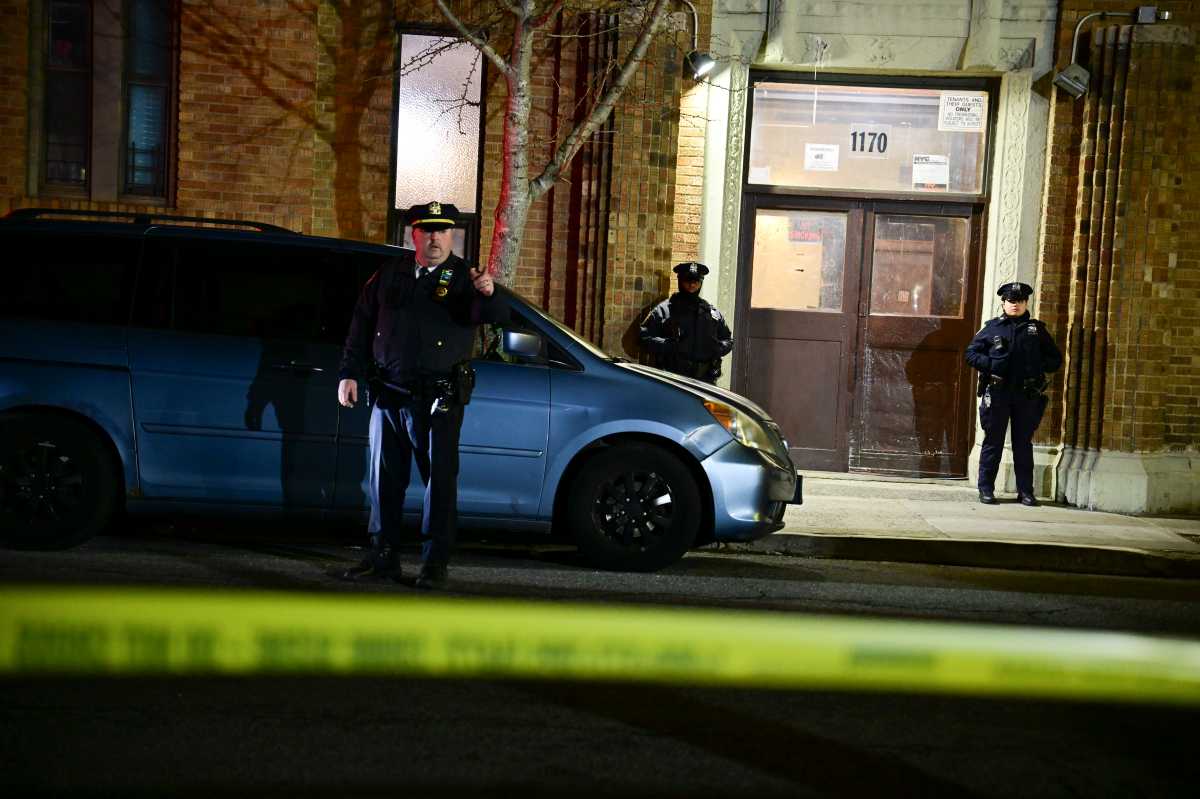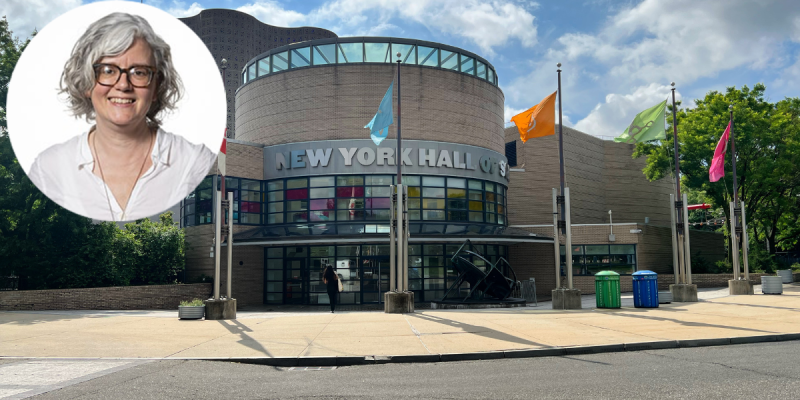Community Board 9 (CB 9) members voiced concerns last week over the Department of City Planning’s proposed rezoning within the district as part of Mayor Bill de Blasio’s “Housing New York” affordable housing plan.
In a special presentation during the board’s Oct. 13 meeting at Queens Borough Hall in Kew Gardens, City Planner Brendan Pillar unveiled plans for two proposed zoning text amendments aimed at instituting mandatory inclusionary housing, as well as increasing quality and affordability, in the area.
“This is part of a broad, 10-year plan to build or preserve 200,000 units of quality affordable housing over the next decade,” Pillar explained. “The city is in an affordable housing crisis. This may not be something that we all see from day to day, but it is nonetheless a serious issue that city is trying to respond to. It’s a crisis on a number of fronts.”
Affordability is determined, in large part, by the median income of an area, with residents spending no more than one third of their income on rent and utilities. Pillar estimates that nearly 55 percent of New Yorkers are considered “rent burdened,” while an average of 30 percent of the city’s residents fall into the “extremely rent burdened” category.
In addition to the high rent burden, Pillar cited population growth, wage gaps, dwindling federal funding and an increase in the senior citizen population as contributing factors to the city’s growing affordable housing crisis.
Under the first proposed text amendment, mandatory inclusionary housing would utilize new zoning regulations to require the creation of new, permanently affordable units in an attempt to create diversity in neighborhoods while helping to meet the needs of low- to moderate-income residents. The proposed plan would apply to developments, enlargements and conversions with 10 or more units.
The second text amendment, titled Zoning for Quality and Affordability, was created to promote senior and affordable housing, facilitate the efficient use of housing subsidies and promote more attractive buildings, exteriors and sidewalks through flexibility in zoning requirements.
According to Pillar, the city’s senior population is expected to increase to roughly 400,000 seniors by the year 2040. He argued that the current zoning restrictions do not accommodate the needs and living arrangements of today’s seniors, including assisted living facilities and nursing care.
The rezoning would also allow for the creation of a designated “transit zone” in which parking would be optional for newly created low-income housing. Under the current plan, the city is required to provide a certain number of parking spaces for affordable housing tenants — and many of those spaces are going unused, according to Pillar.
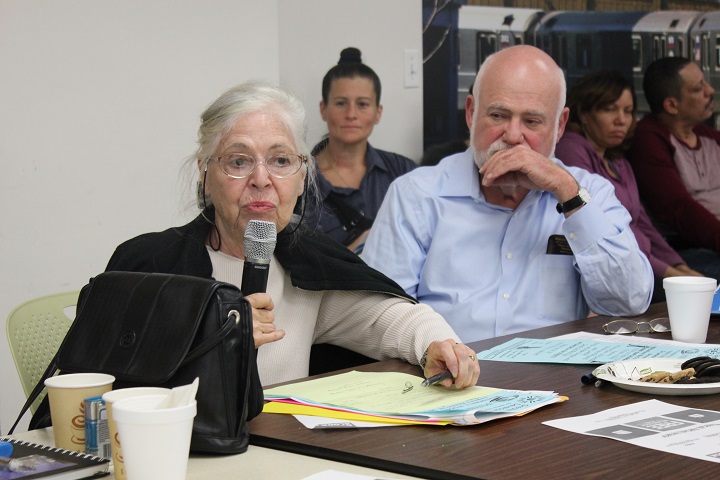
Several CB 9 members voiced opposition to the proposed text amendments, citing concerns over the need for parking for seniors, as well as the potential threat to the existing rezoning of approximately 229 blocks throughout Woodhaven and Richmond Hill.
“This is a very complex and voluminous proposal,” stated Land Use Committee co-chair Sherman Kane. “We feel that the city is inviting developers to look for property that is vulnerable, buy it up and request rezoning. We do not want that to happen in our community, or other Queens communities.”
“There are very serious issues with a one-size-fits-all proposal,” Land Use Committee co-chair Sylvia Hack added. “This is a very serious attempt to make major changes. This is to encourage developers to ask for a rezoning. There is no reason that I can think of at this moment to do something like this, with such speed, which will have so many far-reaching consequences for so many parts of the city.”
The community boards and the borough president will have 60 days to review the proposed amendments, followed by a 60-day review period by the City Planning Commission and a 50-day review period by City Council. CB 9 is expected to vote on the plan in November.




